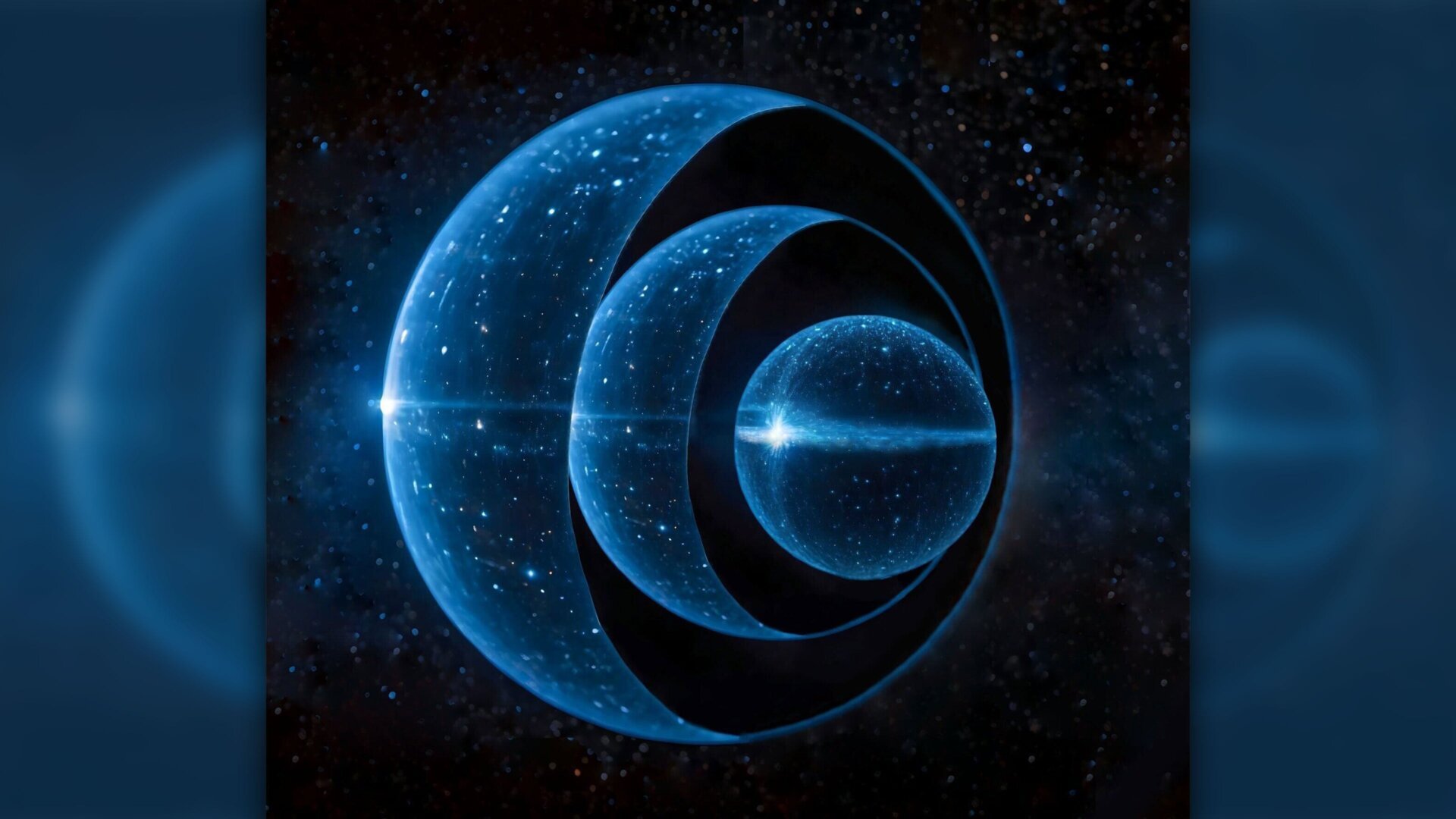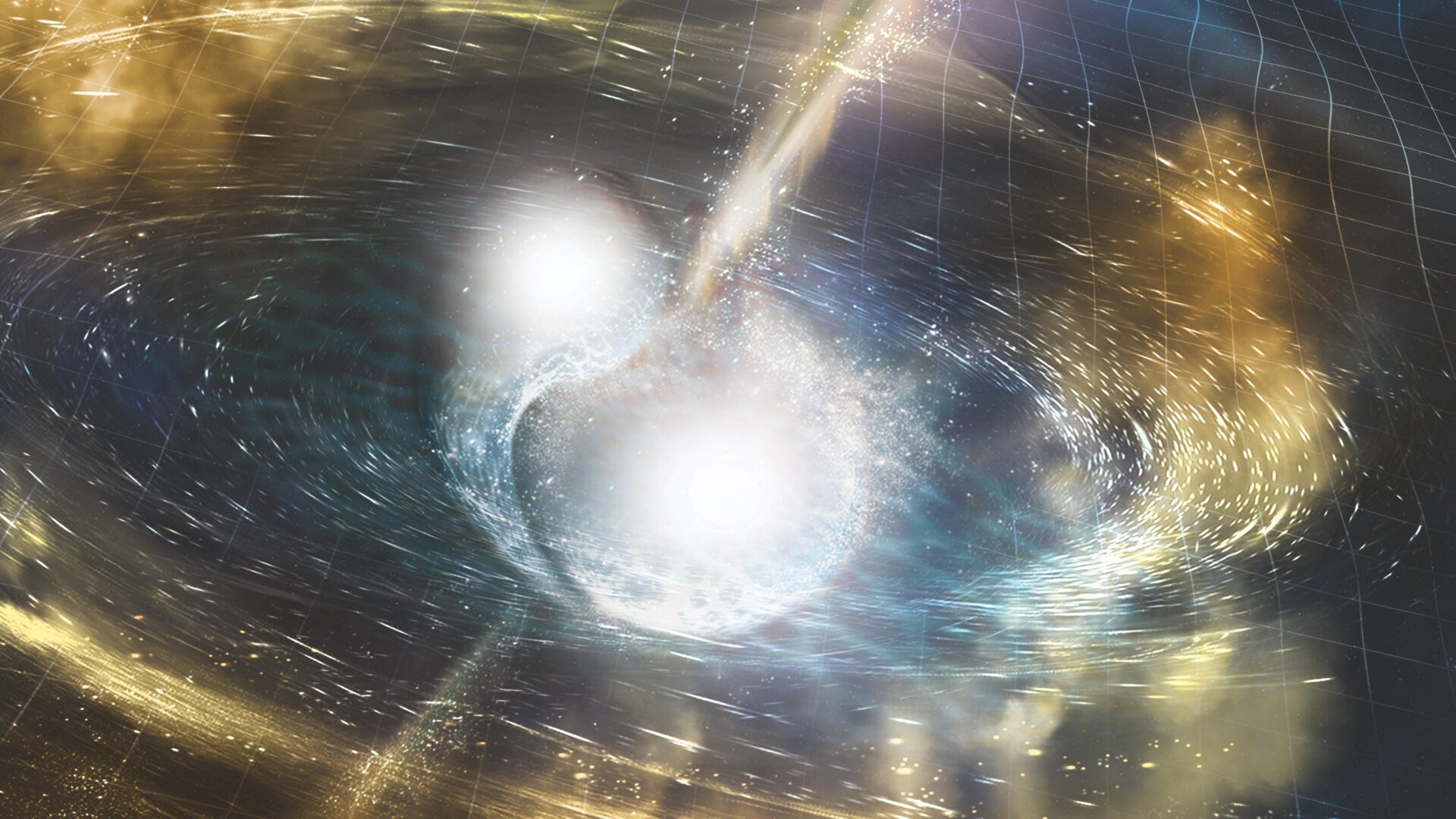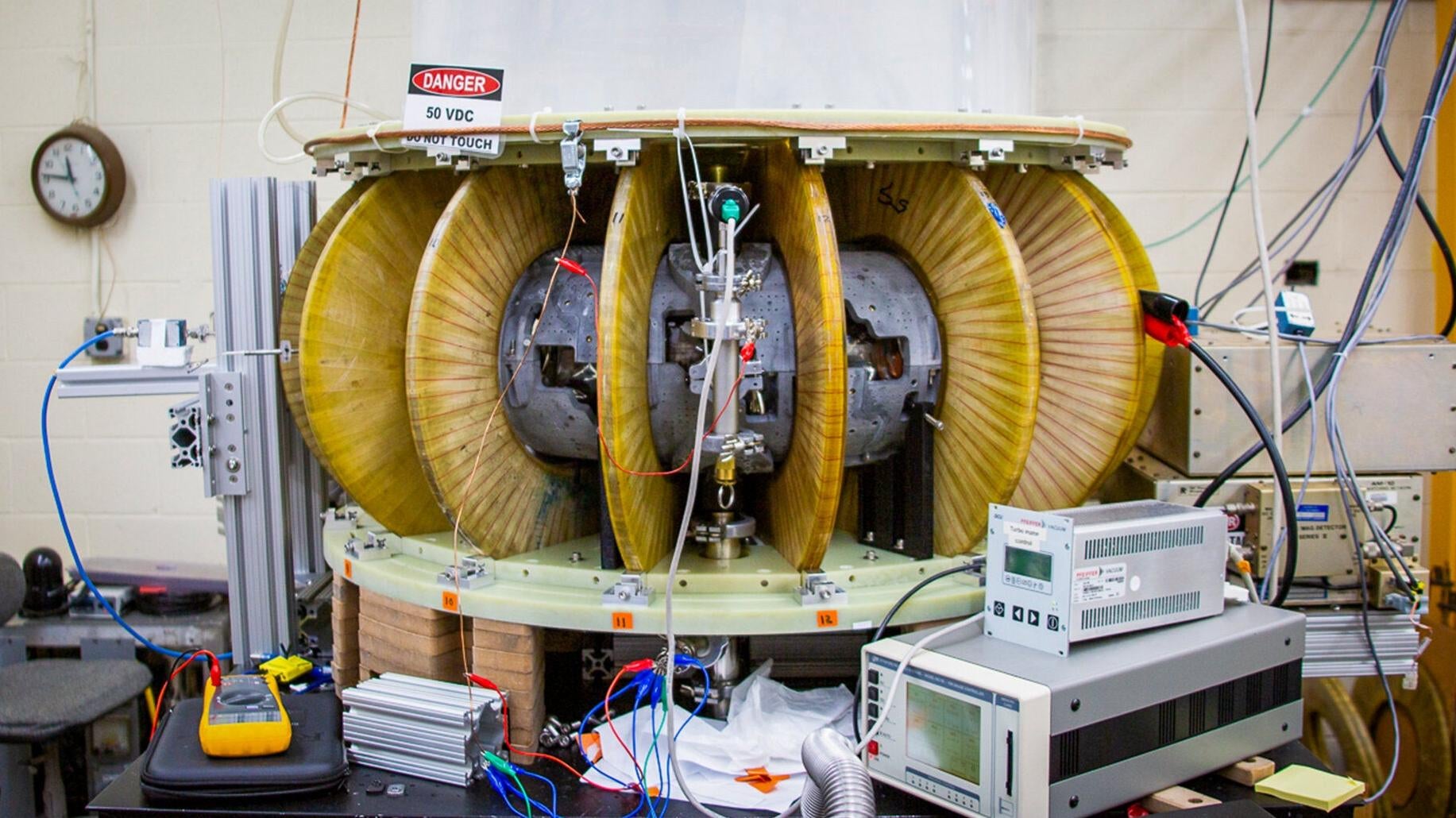The universe, beyond the familiar matter and energy we perceive, harbors significant mysteries, including dark energy and dark matter. Theoretical astrophysicists continually explore these enigmas, formulating mathematical models of exotic objects that could potentially explain these unknown components. Recently, researchers have proposed a novel theoretical object dubbed a “nestar,” offering a fresh perspective on Einstein’s general theory of relativity. This research, published in Classical and Quantum Gravity, explores a potential solution to a blind spot within Einstein’s established framework.
Nestars are closely related to gravastars, short for gravitational vacuum condensate stars. Gravastars, first theorized in the early 2000s, are hypothetical objects with an extremely thin outer shell of matter and a core comprised of dark energy. Nestars share this basic structure, but with a unique characteristic: they are nested gravastars. Researchers Daniel Jampolski and Luciano Rezzolla propose that gravastars could exist within one another, like Russian nesting dolls (matryoshka dolls), forming a “nestar.” This nested structure provides a novel solution to Einstein’s field equations, potentially opening new avenues in our understanding of the cosmos.
Einstein’s equations, formulated over a century ago, have been repeatedly validated through subsequent discoveries, including the prediction and eventual observation of black holes. However, at the singularity of a black hole, general relativity breaks down. This central point, characterized by infinite density and the cessation of time, represents a significant challenge to our current understanding of physics.
Gravastars offer a potential alternative model. While possessing comparable compactness and gravitational force to black holes, gravastars lack an event horizon, allowing information to escape. Their core, instead of a singularity, theoretically consists of dark energy, counteracting the inward gravitational pull.
Nestars represent a new solution to Einstein’s field equations, adding to the existing solutions discovered over the past century. This discovery, though purely theoretical at this stage, highlights the ongoing potential for new insights within a well-established framework.
While the existence of nestars remains hypothetical, their theoretical exploration offers valuable insights into the nature of gravity and the potential behavior of exotic objects in the universe. The researchers acknowledge the challenge of understanding how such a structure could form, but emphasize the importance of exploring these mathematical solutions to enhance our comprehension of black holes and other gravitational phenomena.
The study of nestars, like other theoretical astrophysical concepts, pushes the boundaries of our knowledge, prompting further investigation into the fundamental workings of the universe. Although the existence of nestars is yet to be confirmed, the research underscores the continuous quest to uncover the universe’s hidden secrets.











